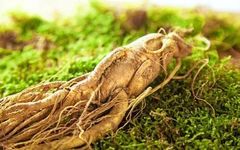Ginseng (Ren Shen) belongs to the Araliaceae family and is a perennial herb. Other names include: Ren Jie, Gui Gai, Huang Shen, Yu Jing, Xue Shen, Tu Jing, Di Jing, Jin Jing Yu Lan, Hai Er Shen, Bang Chui. It is distributed in China, Russia, and Korea; in China, it is found in the eastern part of Liaoning, the eastern part of Jilin, and the eastern part of Heilongjiang. It generally grows in deciduous broadleaf forests or mixed coniferous and broadleaf forests at altitudes of several hundred meters. The fleshy root of ginseng is a powerful tonic, suitable for regulating blood pressure, restoring heart function, alleviating neurasthenia, and addressing physical weakness. It also has effects such as phlegm removal, appetite enhancement, diuresis, and stimulation.
【Preparation】For sugar ginseng: Remove the root head and cut into sections. For red ginseng: Remove the root head and cut into sections. Alternatively, wrap in a damp cloth, soften, slice, and dry.【Functions and Indications】Effects:Greatly tonifies the original qi, stabilizes the pulse, strengthens the spleen and benefits the lungs, generates fluids and quenches thirst, calms the spirit and enhances intelligence. Indications: Fatigue from overwork, poor appetite, lethargy, nausea and vomiting, diarrhea, weak cough and shortness of breath, spontaneous sweating, palpitations, forgetfulness, dizziness and headaches, impotence, frequent urination, diabetes, women’s metrorrhagia, children’s chronic fright, and all conditions of deficiency in qi, blood, and body fluids.【Nature and Flavor】Neutral in nature, sweet and slightly bitter in flavor, slightly warm. It enters the spleen, lung, and heart meridians.【Dosage and Administration】Internal use:Decoction, 3-10g, with a large dose of 10-30g, preferably decocted separately; or powdered, 1-2g; or as a plaster; or infused in alcohol; or made into pills or powders.【Contraindications】Contraindicated in cases of excess syndrome and heat syndrome.【Storage】Store in a cool, dry place, sealed to prevent pests.【Meridian Entry】Enters the lung meridian.Ginseng is a precious medicinal material and health supplement in both internal and external applications. During the Qing Dynasty, ginseng was listed as a tribute. Modern medical research has proven that ginseng saponins are abundant, containing various amino acids and vitamins, with high medicinal and edible value, exhibiting significant effects in beauty, anti-aging, anti-cancer, fitness, intelligence enhancement, calming the spirit, and longevity. So, how should we consume it in daily life?1. Stewed ConsumptionStewing method: Slice fresh sun-dried ginseng, using 2-5 grams daily, place the slices in a porcelain bowl, add an appropriate amount of water, seal the bowl, and steam over water, boiling for 20-30 minutes after the water boils. First, consume the ginseng juice, then swallow the slices, taking it half an hour before breakfast, with excellent results when taken continuously throughout the winter. The amount can be adjusted according to individual constitution and tolerance, preferably under medical advice. For cases of collapse, a large dose of 15-30 grams can be used, boiled quickly to extract a concentrated juice, taken in divided doses.
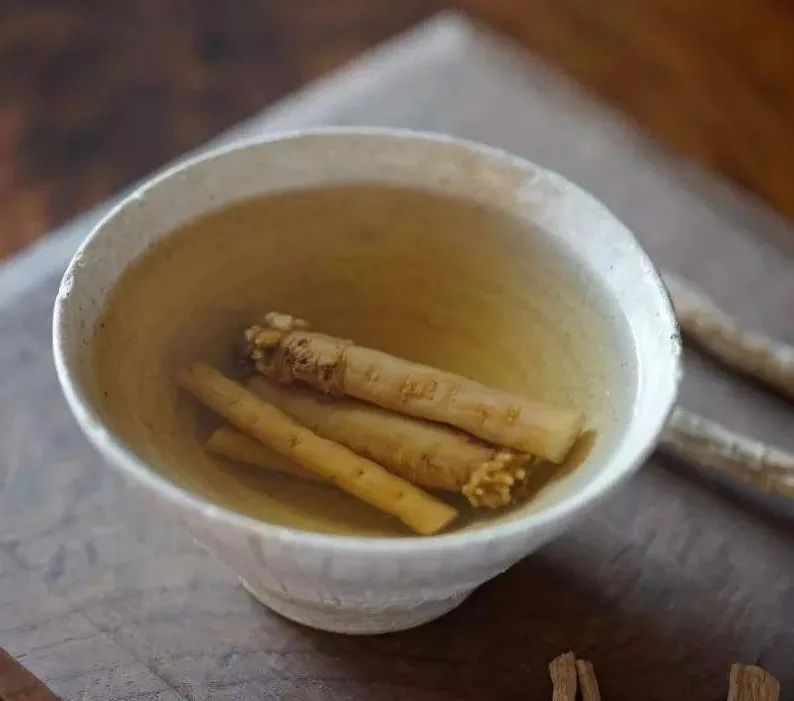
2. Steamed ConsumptionSteaming method: 6-9 grams of ginseng, appropriate water, and rock sugar placed in a porcelain bowl or ginseng jar, covered, and steamed over water until thoroughly cooked. First drink the juice, then eat the residue.3. Boiled ConsumptionBoiling method: Break a piece of white ginseng and place it in a sand pot, add water and boil until the ginseng turns red and the water tastes bitter, then add a spoonful of honey and stir to combine the effective components. This soup is called ginseng honey soup, and drinking a large bowl every morning is both invigorating and therapeutic.
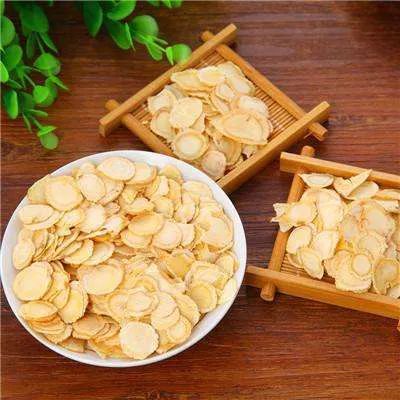
4. Sublingual ConsumptionSublingual method: Slice ginseng thinly; if using red ginseng, steam it first to soften before slicing. Take 2-3 slices each time, place in the mouth to dissolve, chewing thoroughly can generate fluids and invigorate the spirit, also having good effects in disease prevention and longevity, making it the simplest method of consumption. Directly holding ginseng slices in the mouth and slowly chewing, known as ‘raw holding’ in Shanghai. Holding a small amount of white ginseng slices can strengthen and nourish, and is effective against oral and throat conditions.
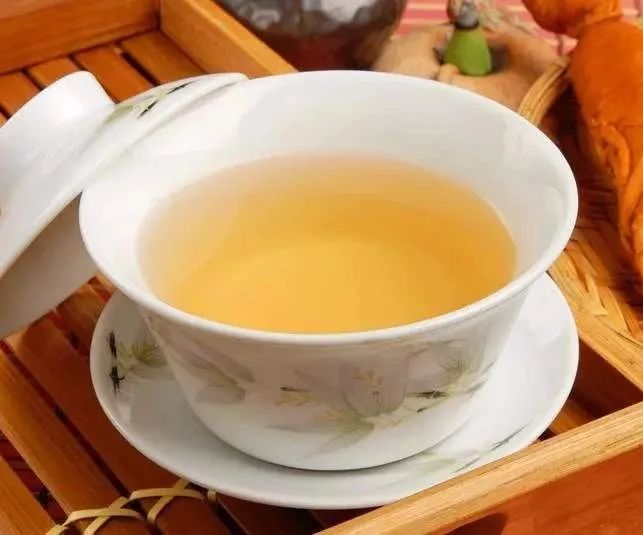
5. Infused Consumption1. Ginseng Infusion: Place ginseng slices in a bowl or cup, pour boiling water over, cover for about 5 minutes before drinking. Repeat the infusion until the ginseng flavor is gone, then consume the slices as well.2. Ginseng Wine: Homemade ginseng wine is often used for strengthening, tonifying qi, and prolonging life. One method is to use 200 grams of fresh ginseng, add 1 kilogram of alcohol, and soak for three weeks before drinking. Daily consumption of 10-20 grams is sufficient; after the first batch is finished, more alcohol can be added until the ginseng skin turns snow white. Another method is to slice 10-15 grams of ginseng and soak it in 500 grams of white liquor, sealed, shaking daily, and it can be consumed after two weeks: 30 milliliters daily.
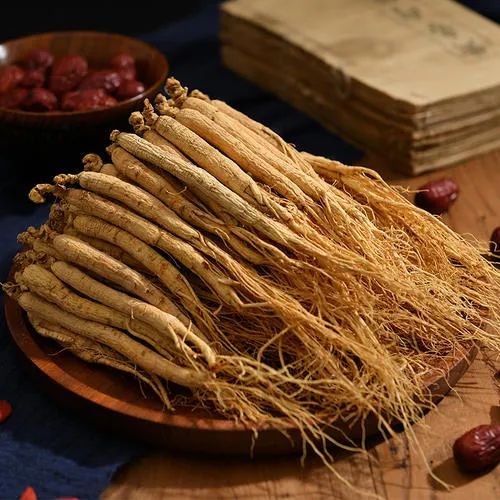
6. Ginseng Products1. Ginseng Pills: After drying ginseng, crush it and mix with honey to form ginseng pills, taken with warm water twice a day, 2 grams each time.2. Ginseng Candies: Made with honey and ginseng. First, soften the ginseng in a porcelain or sand pot, then mix with honey until thoroughly combined, resulting in a deep red color and sweet taste, taken 2-3 pieces daily.3. Ginseng Sugar: Combine ginseng and white sugar in a sand pot, add appropriate water, boil, and simmer until it forms a sugar block, which has excellent nourishing effects when consumed.
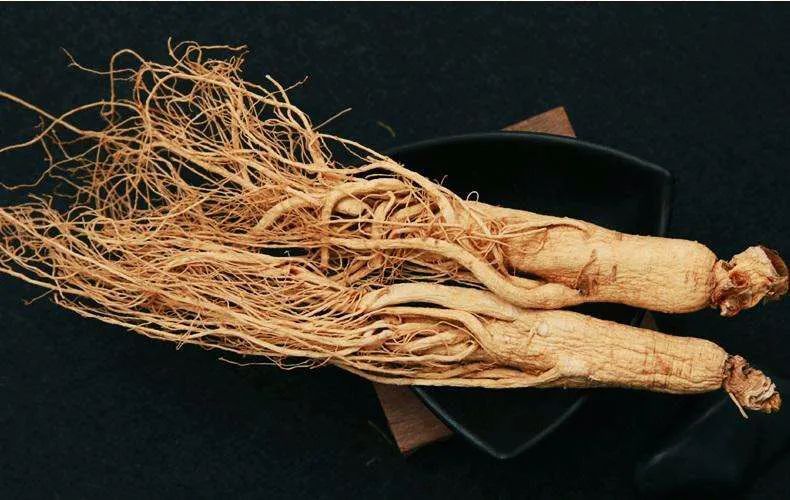
People Unsuitable for Ginseng ConsumptionAlthough ginseng is beneficial, it is not suitable for everyone. So, who should avoid ginseng supplementation?1. Individuals with strong allergic constitutions.If a rash occurs after taking ginseng, it should not be consumed. It is also contraindicated in cases of purulent inflammation.2. Hypertensive patients with excessive liver yang may experience cerebrovascular accidents after consumption.However, those with cold deficiency hypertension can use ginseng, but in small amounts; when systolic pressure exceeds 180 mmHg, ginseng should not be consumed regardless of the type of patient.3. Those currently drinking tea or eating radishes should avoid ginseng.These two foods have qi-moving effects, while ginseng greatly tonifies qi, thus negating its effects, making it ineffective.4. During colds and fevers, ginseng is generally not recommended.Because during fever, palpitations can be severe, and taking ginseng may increase blood circulation, exacerbating palpitations and worsening the condition.5. Those with sudden qi stagnation leading to wheezing, or those with dryness causing throat discomfort, and those who impulsively experience hemoptysis or epistaxis should avoid ginseng.6. Edema caused by damp-heat obstruction may worsen after taking ginseng.This is because ginseng has diuretic effects. Additionally, those with renal insufficiency and low urine output should use it cautiously.7. Insomnia and irritabilitybelonging to excess syndrome are not suitable for ginseng consumption, as it may worsen sleep quality.8. Those with excessive qi, body heat, slippery and strong pulse, and constipation due to excess heat should avoid ginseng.

 Follow “Xiao Bian Que” for more information
Follow “Xiao Bian Que” for more information

